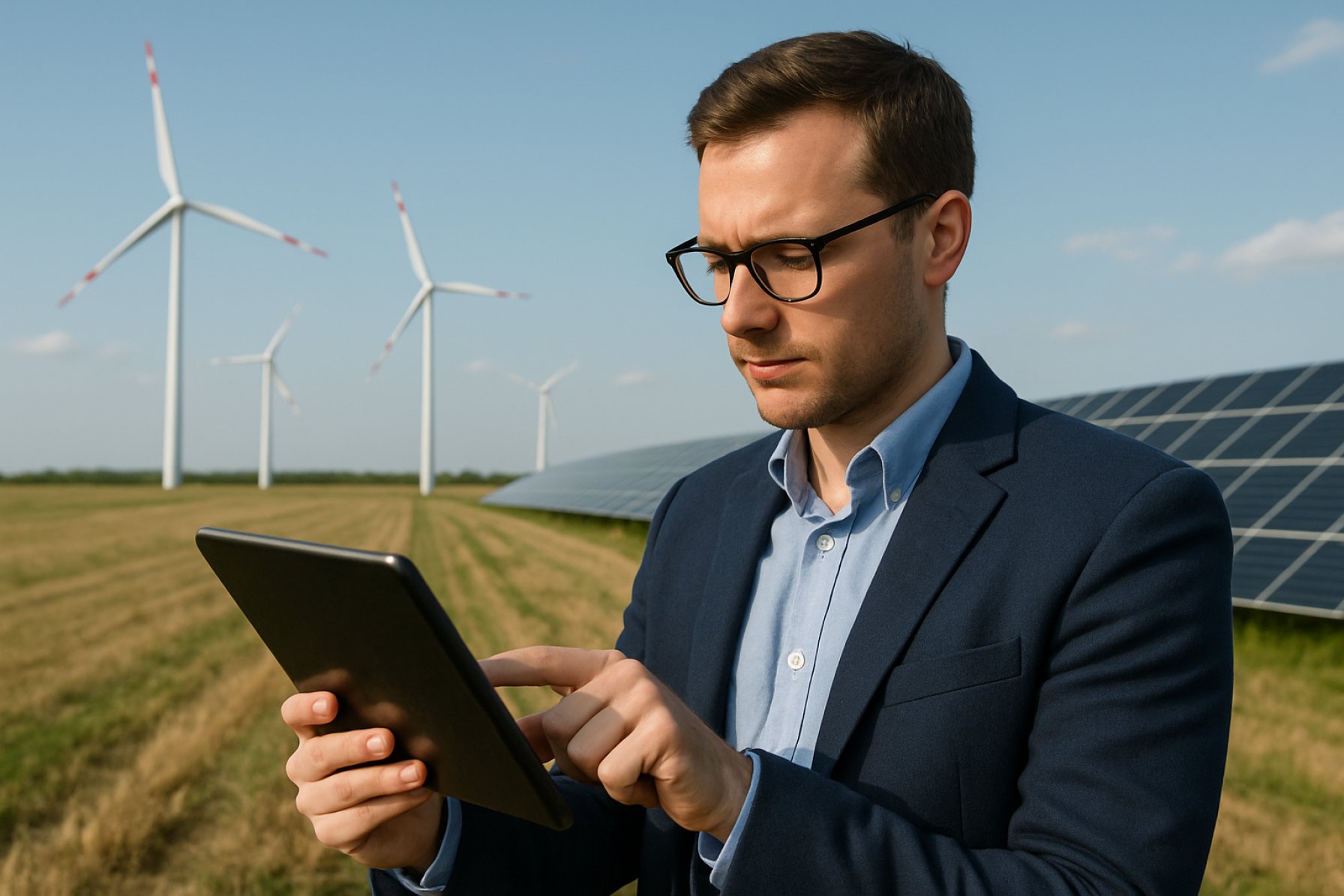Inside the $150 Billion Energy Revolution: How Digital Innovation Is Powering a Green Future for Eastern Europe
Eastern Europe stands at a crossroads as a new UNECE study spotlights $150B needed for a digital, greener energy overhaul by 2030.
- $150B — Estimated investment needed by 2030 for energy system overhaul.
- 70% — Potential reduction in carbon emissions with digital & renewable integration.
- 80% — Maximum possible drop in overall energy costs with system-wide optimization.
- 60% — Portion of current regional energy mix reliant on coal and natural gas.
A seismic shift is on the horizon for South-Eastern and Eastern Europe, the Caucasus, and Central Asia. According to the latest UNECE report, these regions need a massive $150 billion investment by 2030 to overhaul their aging, fossil-fuel-dependent power systems.
But in 2025, the narrative is rapidly shifting—from heavy industry to high-tech, from coal to code.
Digital innovation isn’t just a buzzword here—it’s a lifeline. The UNECE study reveals that by harnessing cutting-edge technologies like Artificial Intelligence, Internet of Things, Digital Twins, and Virtual Power Plants, countries in the region could not only slash their carbon emissions by up to 70%, but also drive down energy costs by an eye-popping 80%.
Today, Albania, Belarus, Georgia, Kyrgyzstan, North Macedonia, Republic of Moldova, and Ukraine, remain shackled to the past; roughly 60% of their energy still comes from coal and natural gas. The consequences are severe: sky-high maintenance bills for Soviet-era utilities, massive CO2 emissions, and crippling energy dependency.
Q&A: What’s Holding Back a Smarter, Cleaner Energy System?
Q: What are the biggest challenges?
Aging infrastructure is a core issue. In Belarus, over 60% of thermal plants are more than 30 years old. Georgia loses 12% of its electricity to outdated transmission lines. Financial roadblocks are equally daunting—Albania’s $300 million in solar and wind projects remain unfunded, and Belarus has secured just 5% of what it needs for renewable installations.
Q: Are there workforce gaps?
Absolutely. In Georgia, about 30% of energy sector professionals haven’t received formal training in renewable technologies. To win the digital energy race, skill-building is urgent.
Q: How does energy dependence threaten security?
Reliance on imports—like Moldova getting 70% of its electricity from abroad—fuels vulnerability and stifles resilience. Belarus imports about half its energy from Russia, entrenching old dependencies.
How Can Digitalization Transform the Grid?
The UNECE study spotlights digital tools as game-changers. Artificial Intelligence can forecast demand spikes, while IoT connects millions of devices for smarter energy use. Digital Twins enable real-time monitoring, and Virtual Power Plants orchestrate distributed energy sources into a seamless, responsive network.
These advances promise more than just greener power—they boost grid security, thwart cyberthreats, and cut maintenance costs. But none of it can happen without bold policy, upgraded investment strategies, innovative research, and sweeping workforce re-education.
How To Accelerate the Energy Twin Transition in 2025?
- Modernize with Smart Grids: Invest in robust, digital-first grid infrastructure for real-time responsiveness and resilience.
- Scale Regional Projects: Support cross-border high-voltage links and interconnected trade for regional energy security.
- Prioritize Hybrid Models: Blend traditional natural gas with emerging hydrogen solutions for cleaner, flexible power.
- Champion Human-Centered Digitalization: Ensure innovation addresses equity, social impact, and long-term sustainability.
What’s Next for Energy Leaders—And Why Act Now?
The message from the Minsk workshop was clear: digitalization is not only possible, but essential for any nation aiming to hit its climate and energy goals. The path to modernization will demand creative financing, international cooperation, and a skilled new workforce.
Stay informed with updates from the United Nations Economic Commission for Europe and keep an eye on innovation leaders like IEA and UN as the region races toward a sustainable future.
Take Action Now: Lead the Clean Energy Revolution
- Audit your country or company’s digital readiness.
- Advocate for bold policy and smart investment strategies.
- Invest in professional training for digital and renewable energy skills.
- Follow updates from leading organizations for the latest breakthroughs.
The energy future of Eastern Europe and nearby regions hangs in the balance—digital transformation is the key to a cleaner, cheaper, and safer tomorrow.
